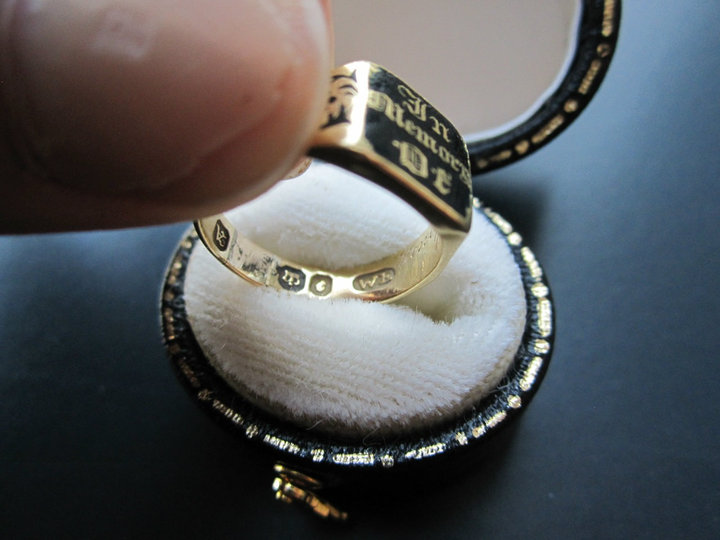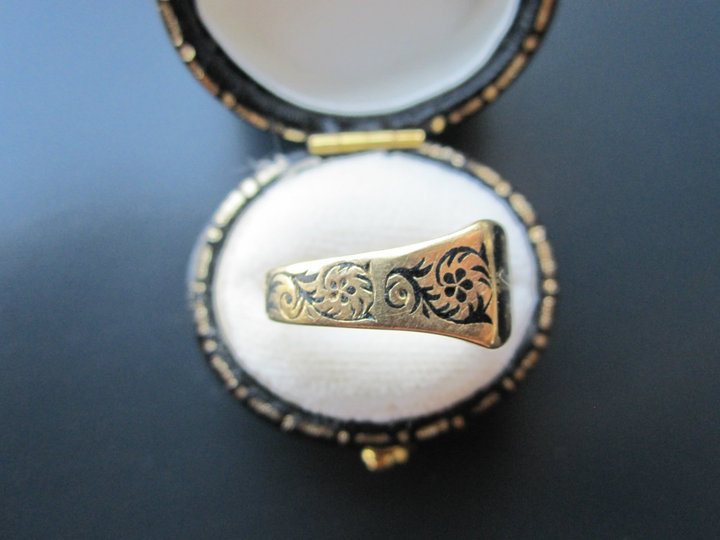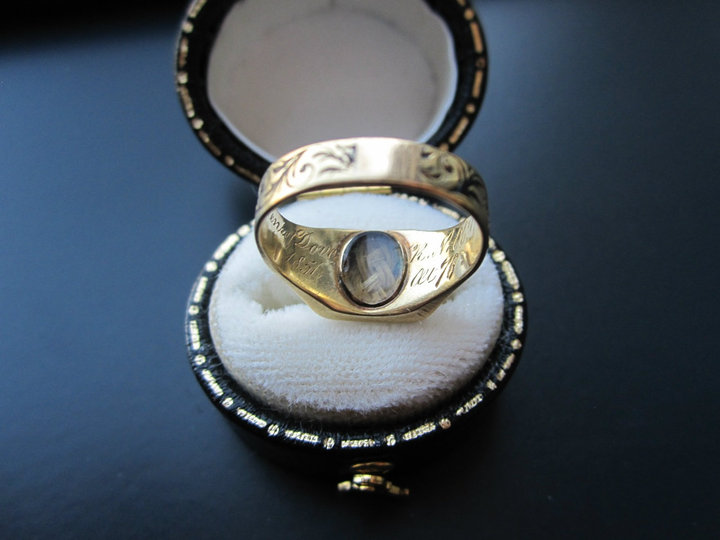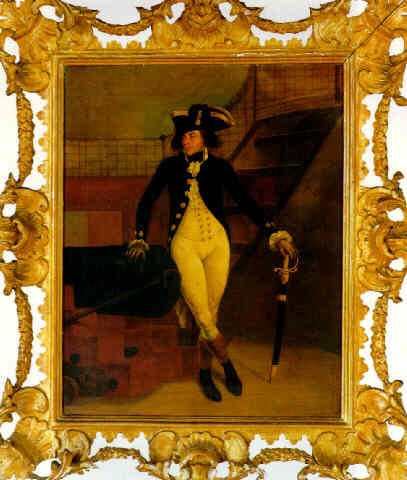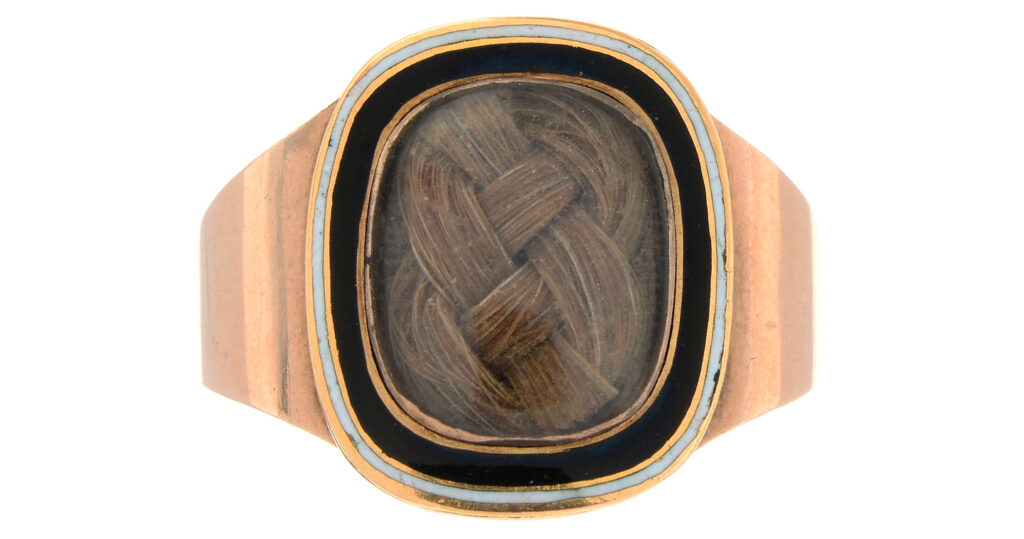Discovering New Styles In An Important Ring from 1836
From the collection of Marielle Soni comes this amazing and very important 1836/37 ring. Why is it so important? Well, firstly, it’s a ring that truly shows the transition of popular art styles and being made with obvious expense, one can determine the intrinsic importance of the piece. Let’s take a look.
Before we take a look at some of the motifs that make this ring special, the facts are that the ring is 18ct gold and was made in London, hallmarked for the 1836/1837 period, yet reappropriated in 1851 and dedicated to Lieutenant Henry Dove RN. The gold content, location of manufacture and density of the ring are the first indicators that the ring moves beyond lighter, more mass produced pieces of the time and the dedication to a Lieutenant completes the importance of the ring. Military, religious and aristocratic figures often had the upper level of mourning jewels, either due to status or simply wealth.
Beginning with the primary sentiment on the top of the piece, we have the very elegant Victorian Gothic Revival font with the ubiquitous ‘In Memory Of’ and what makes this so special is that there is an attention to detail in the upper and lower cases of the font that is rather unusual for the Neo Gothic period, which was often in complete upper case. This has a delicate nature and shows some experimentation with the developing style.
To the shank there are repeated acanthus/floral motifs that show another emerging style that would eventually overtake the Gothic Revival period in mainstream jewellery design, but see here how the design is also rather naive in that it’s a singular pattern repeated across the band. It’s not a fluid motif that entwines the ring, but is more segmented. Once again, there is experimentation at play.
Underneath is another surprise – a ring constructed in the 1830s with the hair compartment/glass covering. This was a style not very typical until the mid 19th century, but here it is. All the various styles are at work in this ring, which makes one consider why it was constructed. Could it have been the experimental work of a London jeweller? Could it have been specifically requested by the Dove family for later use and the motifs were concepts put forward? That’s why I think this ring is so special, pieces that show the inception of very popular styles always tend to be of a higher quality, but any thought put to their actual inception can be supposition without the correct data to uphold the ideas. That said, the first half of the 19th century was a lot more playful with styles that would define the latter half of the 19th century, much of this has to do with the higher manufacture of jewellery due to the allowance of lower grade alloys from 1854, leading to greater demand and production.
It should be noted that Lieutenant Henry Dove RN “retired from active service with the Navy at the end of the Napoleonic wars in 1815, taking up an appointment at Deal, Kent connected with the Cinque Ports.” (Wikipedia) His son, Patrick Edward Dove (31 July 1815 – 28 April 1873) was born in Lasswade, Scotland and was the author of The Theory of Human Progression, 1850. In relation to this ring, it speaks of the quality and the affluence with which the ring would have been purchased. The household could afford and was expected to portray mourning at the highest level of custom for the time.





